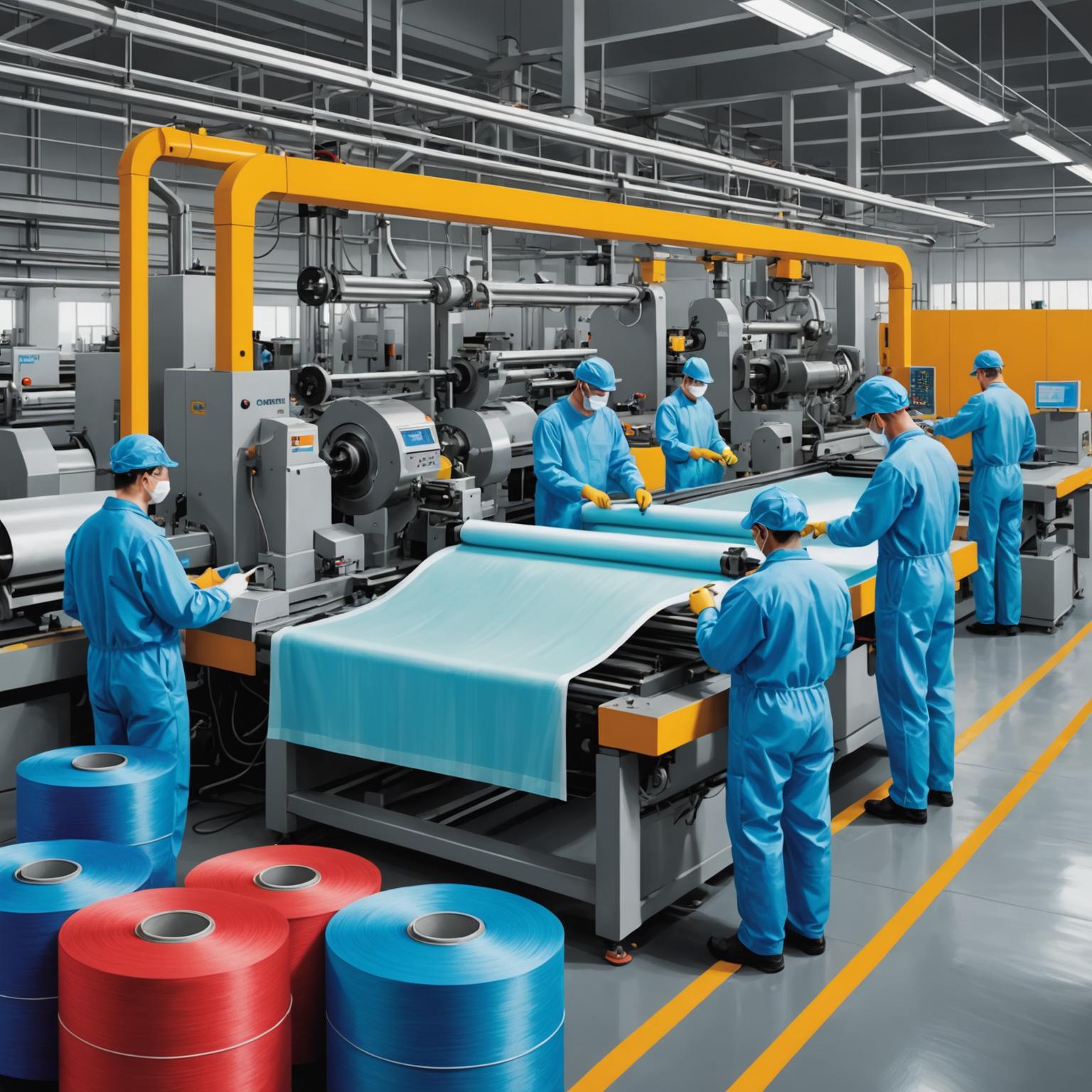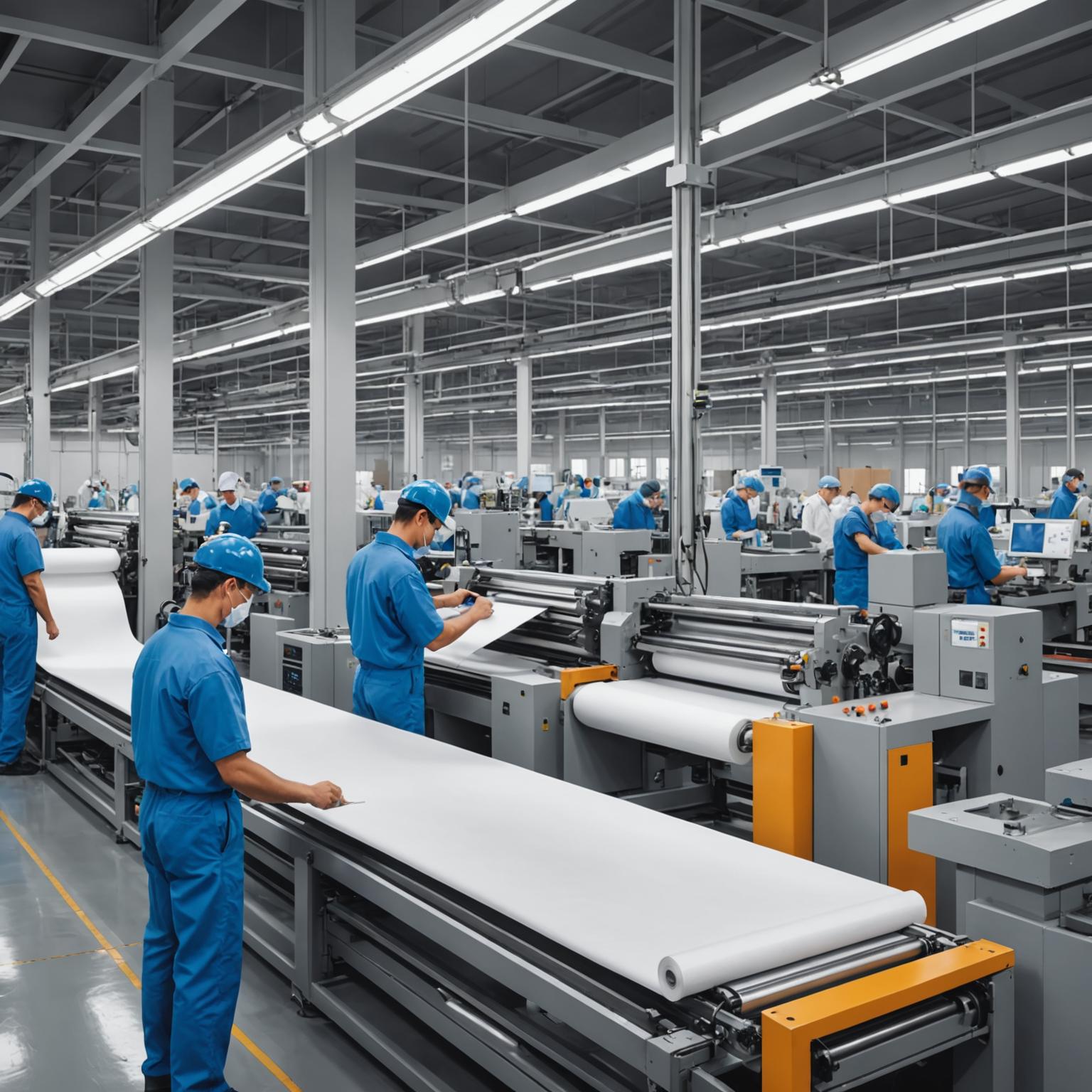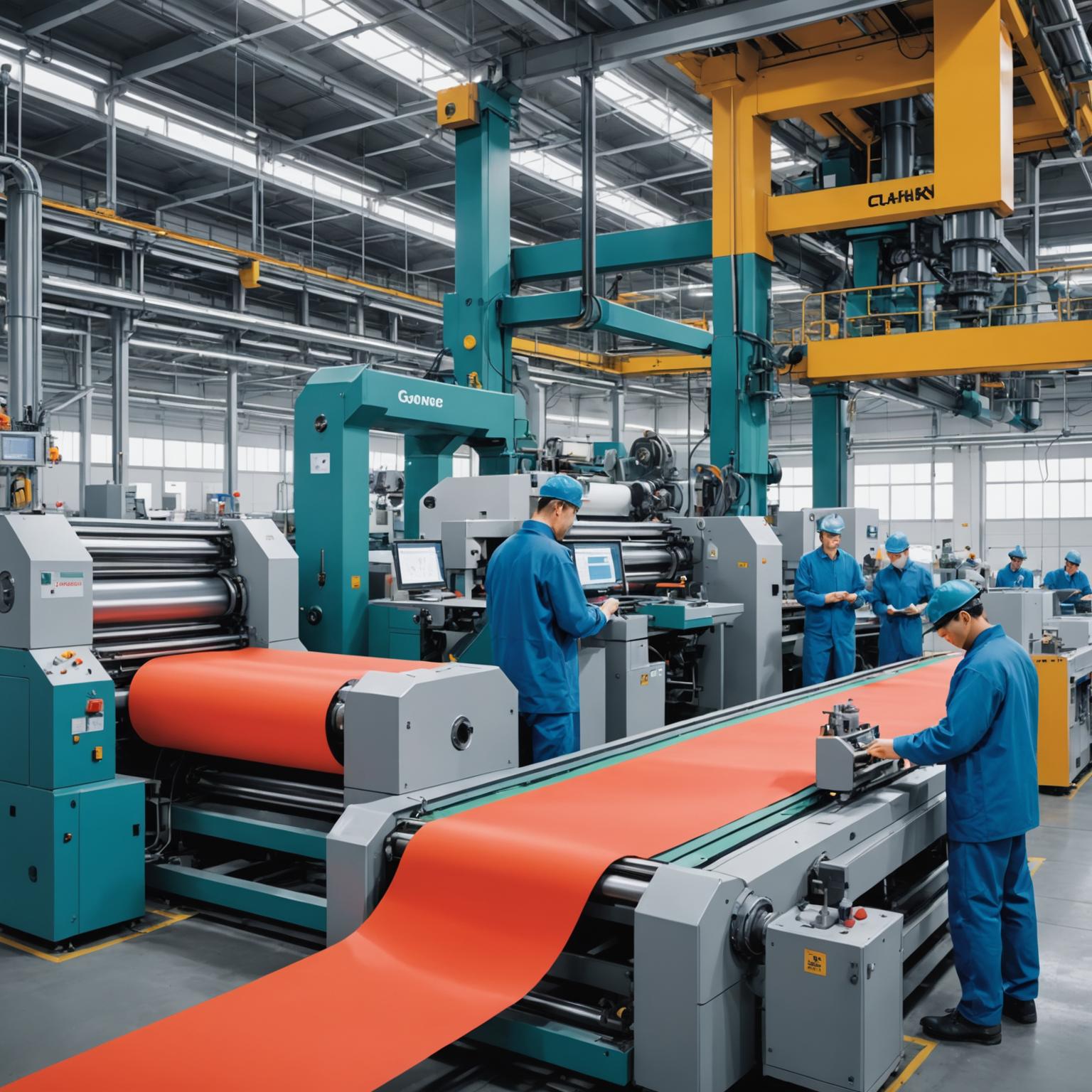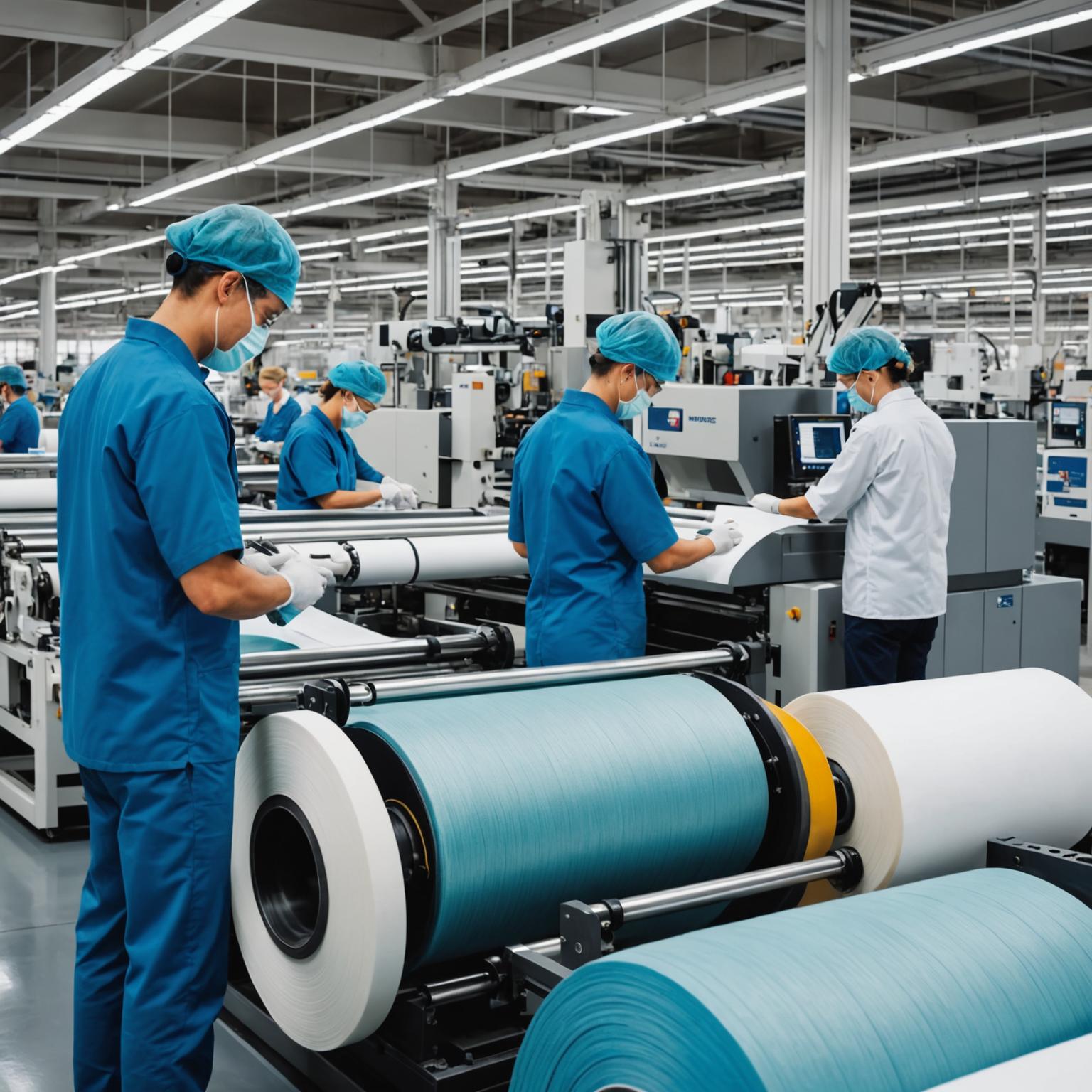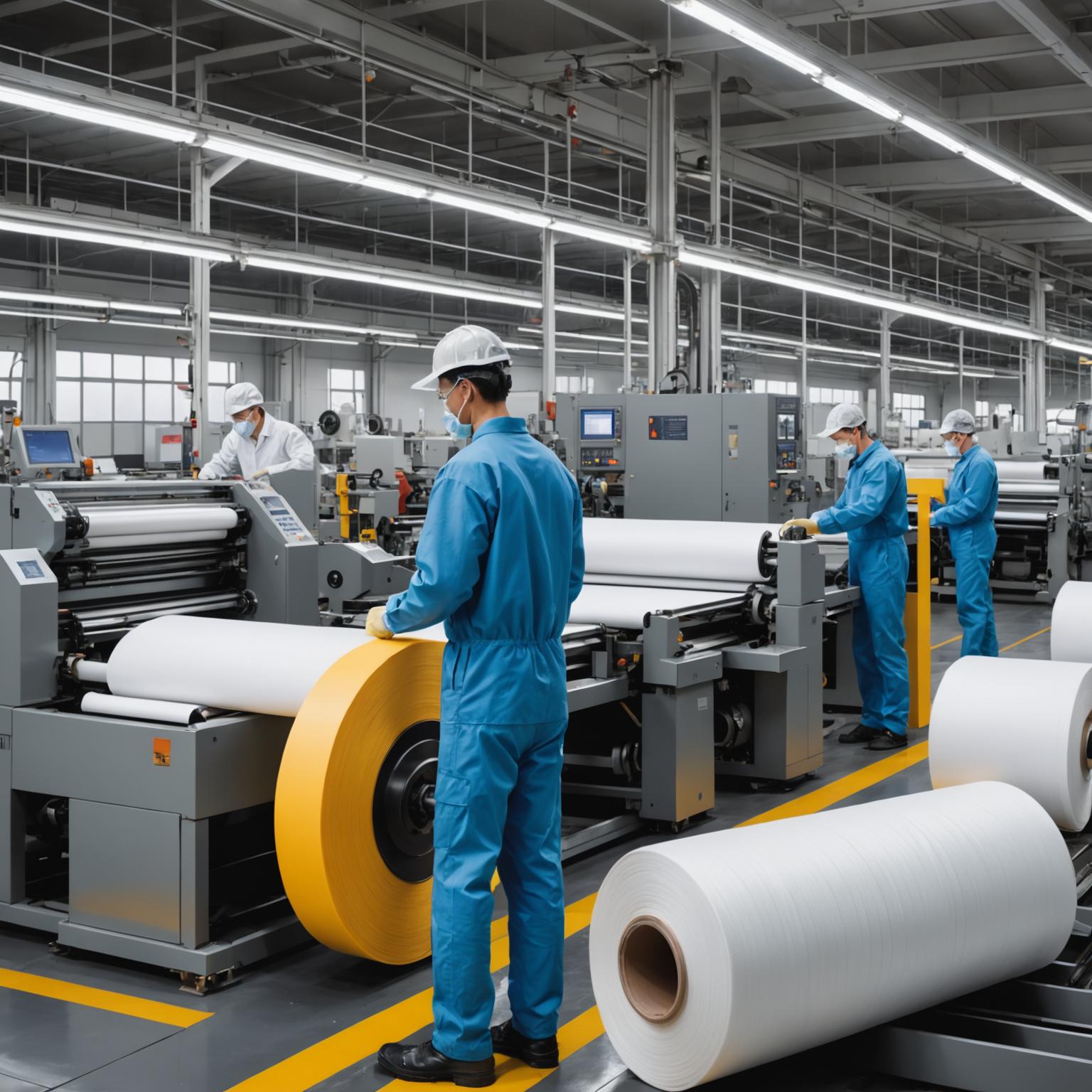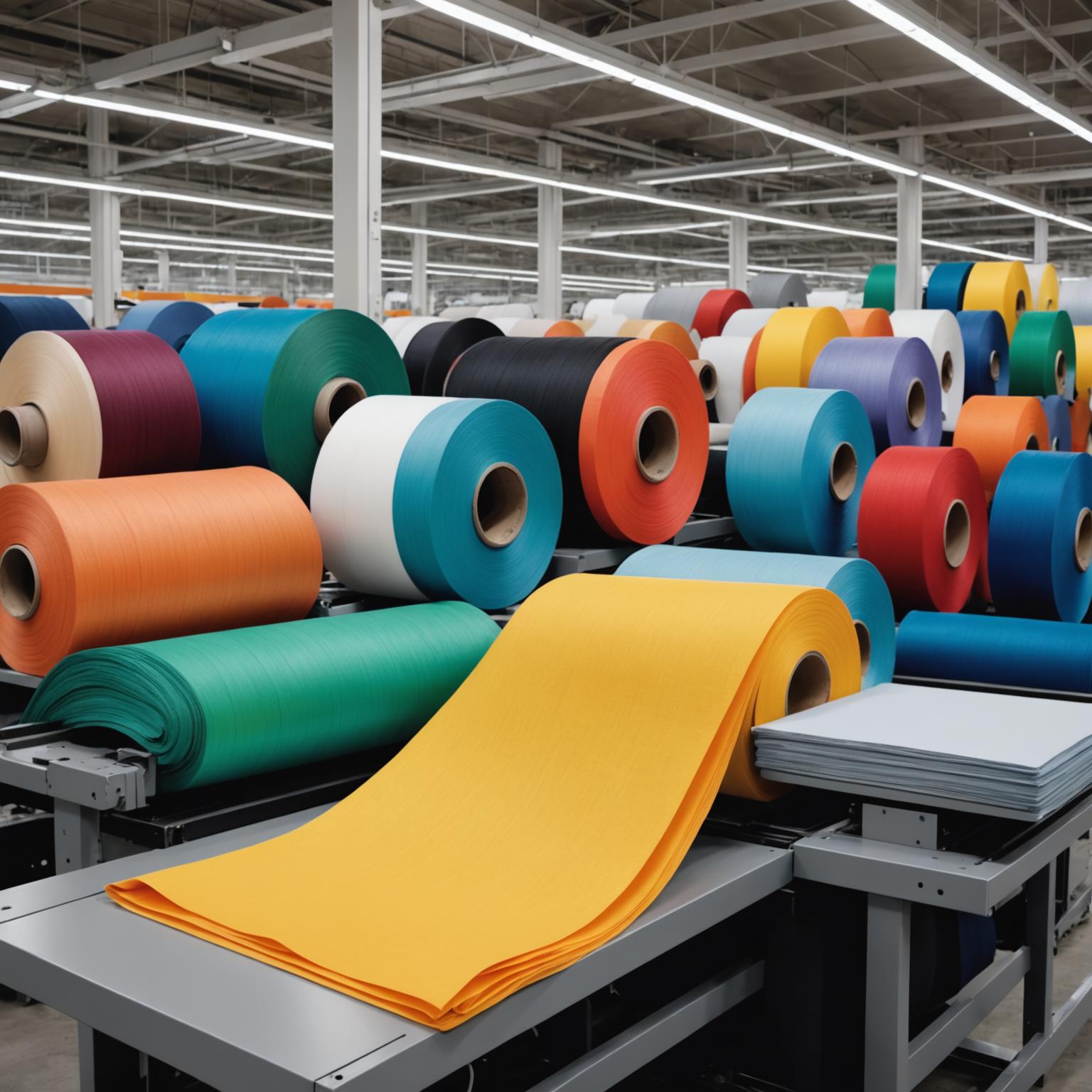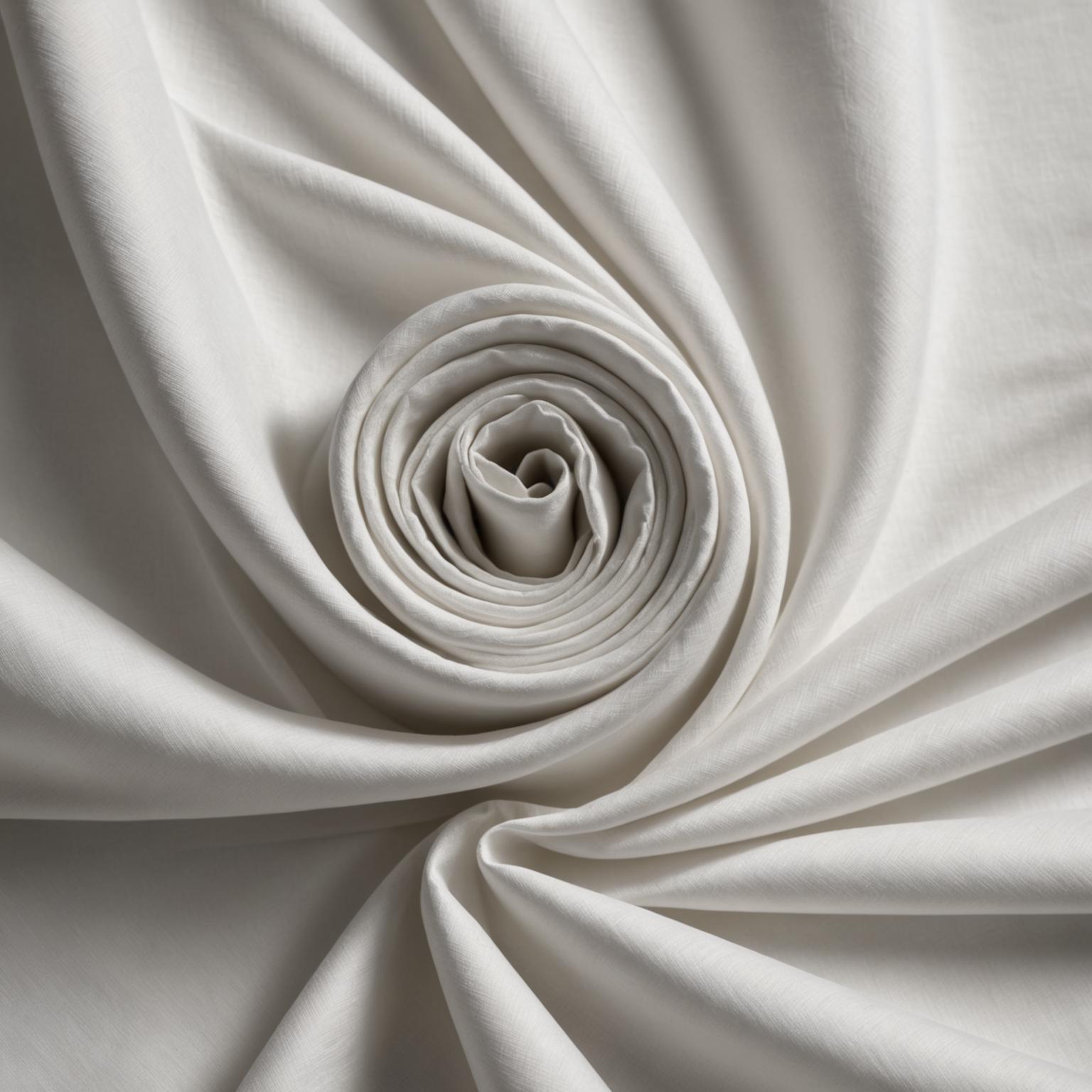
The Innovation Behind Non-Woven Fabric Manufacturing
The process of non-woven fabric manufacturing is a marvel of modern engineering. Unlike traditional weaving or knitting, these fabrics are created by bonding or interlocking fibers together through mechanical, chemical, or thermal means. For a synthetic non-woven fabric made from nylon, this could involve processes like spun-bonding, where extruded nylon filaments are laid onto a collection belt and bonded with heat, or hydroentangling (spunlace), where high-pressure water jets entangle the fibers into a cohesive sheet. This method produces materials that are not only cost-effective but also highly customizable in terms of weight, thickness, and porosity, leading to textiles with specific, engineered qualities for targeted uses.
Properties and Advantages of Nylon Non-Woven Fabric
A key material in this category is the nylon non-woven fabric, renowned for its exceptional characteristics. It inherits the intrinsic strength and resilience of its base nylon fiber, resulting in a fabric that is incredibly tough and resistant to tearing and abrasion. Furthermore, nylon non-wovens exhibit excellent chemical resistance and thermal stability, making them suitable for demanding environments where other materials might fail. As a premier synthetic non-woven fabric, it offers superior durability and longevity compared to many natural fiber alternatives, making it a reliable choice for long-lasting products that require minimal maintenance and maximum performance.
Exploring the Wide Range of Nylon Fabric Applications
The versatility of these materials opens up a vast array of nylon fabric applications across numerous industries. In the automotive sector, they are used for carpeting, headliners, and insulation due to their durability and sound-dampening properties. The medical field relies on them for sterile wraps, gowns, and filtration media, where hygiene and strength are paramount. You can also find them in industrial settings for abrasive pads, filtration systems, and geotextiles for soil stabilization. Even in consumer goods, durable non-woven materials made from nylon are used for reusable bags, home furnishings, and apparel interlinings, showcasing their adaptability to both industrial and everyday needs.
Choosing the Right Non-Woven Fabric Suppliers
With the growing demand for high-performance textiles, the market is filled with non-woven fabric suppliers. Selecting the right partner is crucial for ensuring product quality and innovation. When evaluating potential suppliers, it is important to look for those who demonstrate a deep understanding of material science and offer a diverse portfolio, including various types of non-wovens like spunlace, spunbond, and eco-friendly options. A reliable supplier will provide comprehensive technical data, consistency in production, and the ability to customize materials to meet specific project requirements. Partnering with experienced non-woven fabric suppliers ensures access to cutting-edge materials that can elevate your products and give you a competitive edge in the marketplace.
The Future of Advanced Textiles
In conclusion, the journey of nylon fiber from a simple textile thread to a key component in high-tech non-wovens is a testament to its enduring value. The unique combination of strength, durability, and manufacturing flexibility makes nylon non-woven fabric a critical material for innovation. As industries continue to seek materials that are stronger, lighter, and more efficient, the applications for these advanced textiles will only continue to expand, cementing their place as a cornerstone of modern manufacturing and product design.



